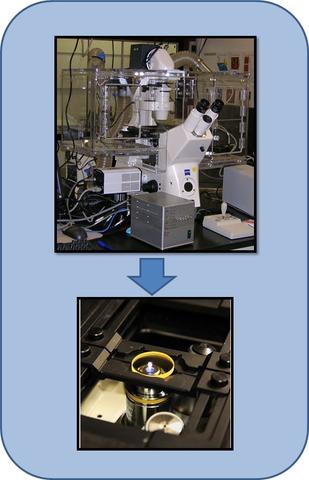Summary
Originally used to prove the existence of biological cells, the microscope has long been recognized for its important role in biological research. Surprisingly, after more than 400 years of use, it is still often used in a non-quantitative way. Advances in light sources, digital cameras and automated optics and stage control make the optical microscope a powerful analytical tool. Optical microscopy can provide incredibly rich datasets of great importance to biological investigations, with spatial, temporal and molecular information.
Description
A challenge in using microscopy is how to compare and validate data from different instruments, and how to determine that the microscope performance today is the same as yesterday.
NIST is developing a practical, automated approach to implementing performance benchmarking methods that will facilitate the use of fluorescence imaging as a quantitative tool in research applications and aid in instrument validation for commercial product development applications. We are now able to identify differences in microscope performance and make adjustments that can improve the day-to-day comparability of quantitative imaging data.
Click here to learn more about performance benchmarking methods for fluorescence imaging.


